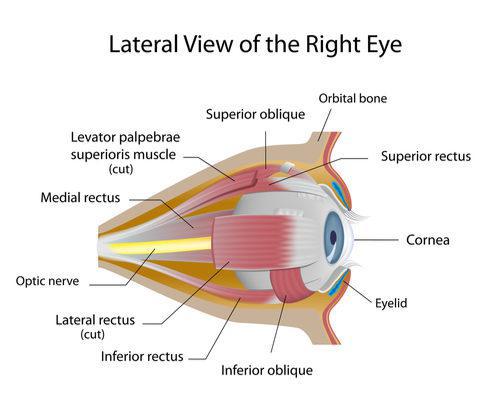
Physicians use cornea transplants to treat vision loss due to scarring or disease. During the procedure, the surgeon replaces the damaged outer lens of the eye using tissue of a donor individual. The transplant helps to restore vision, improve the appearance of the eye and reduce pain associated with a damaged cornea.
The cornea is a clear tissue located in the front portion of the eye, through which light passes before it reaches the pupil. Infections, scarring, and degenerative and inherited conditions can damage the cornea and negatively affect vision, making a cornea transplant necessary.
During the cornea transplant surgery, you’ll be anesthetized. This is an outpatient procedure. After the procedure, your physician will provide antibiotic drops to the patient to ensure that infection doesn’t take place.
There are a few types of cornea transplant surgery. The most traditional that’s been around for more than 100 years is called penetrating Keratopathy (PKP) which is full thickness of the cornea. Newer procedures are DMEK Descement’s membrane endothelial keratoplasty and DSAEK Descement’ stripping automated endothelial keratoplasty are partial.
After the procedure and recovery, patients leave with their designated driver. Typically, they return the following day for a follow-up visit.Getting new corneas won’t mean that your vision will be an automatic 20/20. Vision continues to improve up to a year after surgery. After recovery, your vision might be worse than it was before while your eye gets used to its new cornea. This is normal, so don’t be alarmed. In fact, the healing process can take from several weeks to several months.

